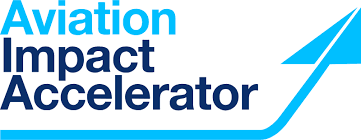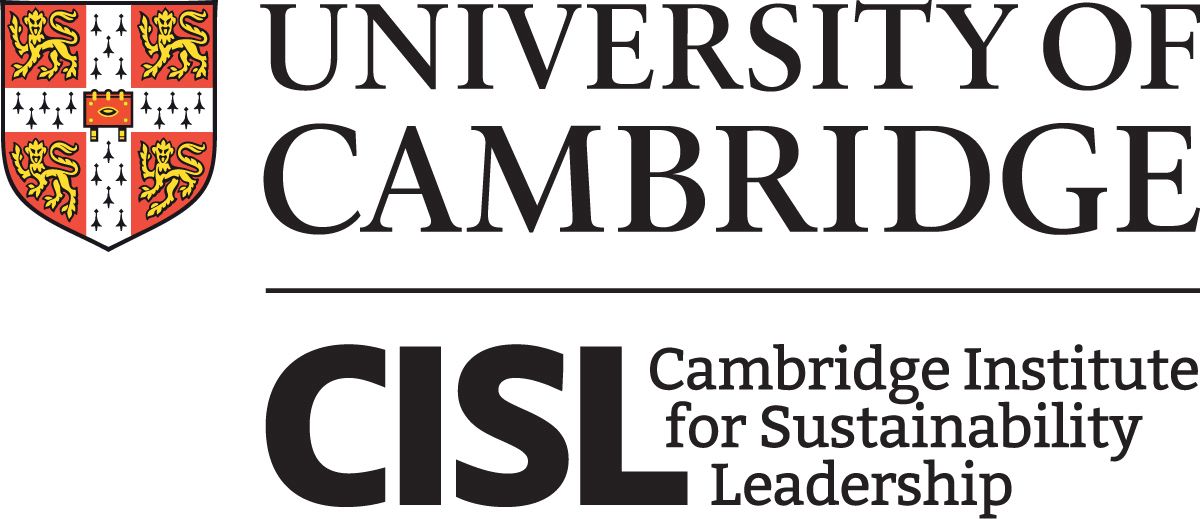Flight path to net zero
Cambridge Accelerator plan to cut global aviation emissions
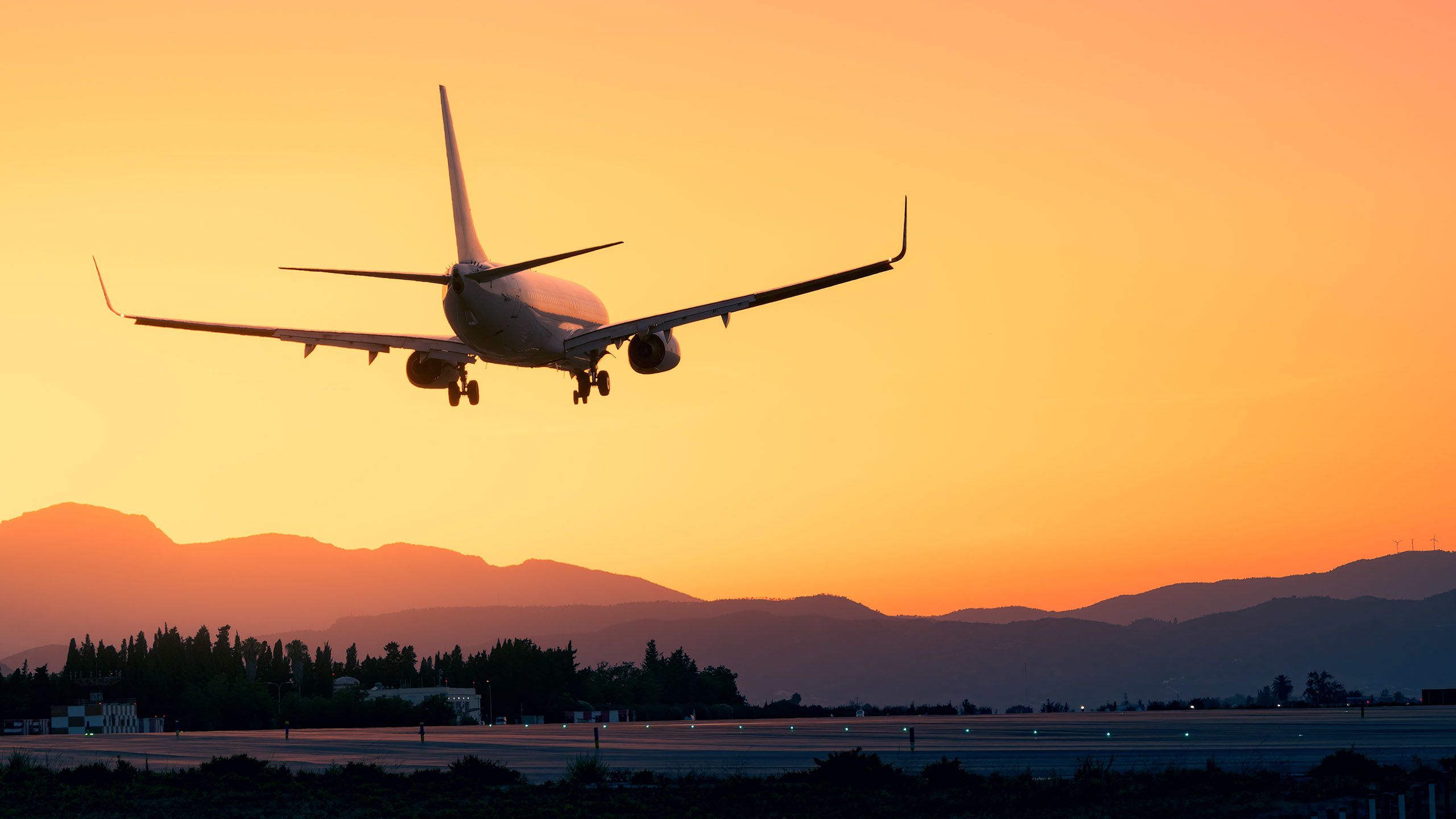
Global aviation could be on a flight path to net zero if industry and governments reach just four goals by 2030, according to a new report from the University of Cambridge.
An ambitious five-year plan created by the Aviation Impact Accelerator (AIA), a project led by the University of Cambridge and hosted by the University’s Whittle Laboratory and the Cambridge Institute for Sustainability Leadership (CISL), sets out four Sustainable Aviation Goals over the next five years that could help the sector navigate to net zero emissions across the world by 2050.
“Aviation stands at a pivotal moment, much like the automotive industry in the late 2000s,” said Professor Rob Miller, Director of the Whittle Laboratory. “Back then, discussions centred around biofuels as the replacement for petrol and diesel – until Tesla revolutionised the future with electric vehicles. Our five-year plan is designed to accelerate this decision point in aviation, setting it on a path to achieve net zero by 2050.”
If the goals are not implemented immediately and achieved by 2030, the opportunity for transformation could slip away, leaving the world to face the escalating climate impacts of a rapidly growing aviation sector, which is projected to at least double its emissions by 2050.
Aviation is a major contributor to climate change, accounting for 2-3% of global CO2 emissions and 4% once the non-CO2 climate impacts are included.
Despite ambitious pledges from governments and industry, the aviation sector remains significantly off course in its efforts to achieve net zero by 2050. The report, titled Five Years to Chart a New Future for Aviation, outlines four actionable steps that must be initiated immediately and completed within five years if the sector is to get itself on track for that goal.
The report will be presented to industry leaders at Climate Week NYC as part of events hosted by the Sustainable Markets Initiative, founded by King Charles III.
"Aviation stands at a pivotal moment. Our five-year plan is designed to accelerate this decision point in aviation, setting it on a path to achieve net-zero by 2050."
Professor Rob Miller, Director of the Whittle Laboratory
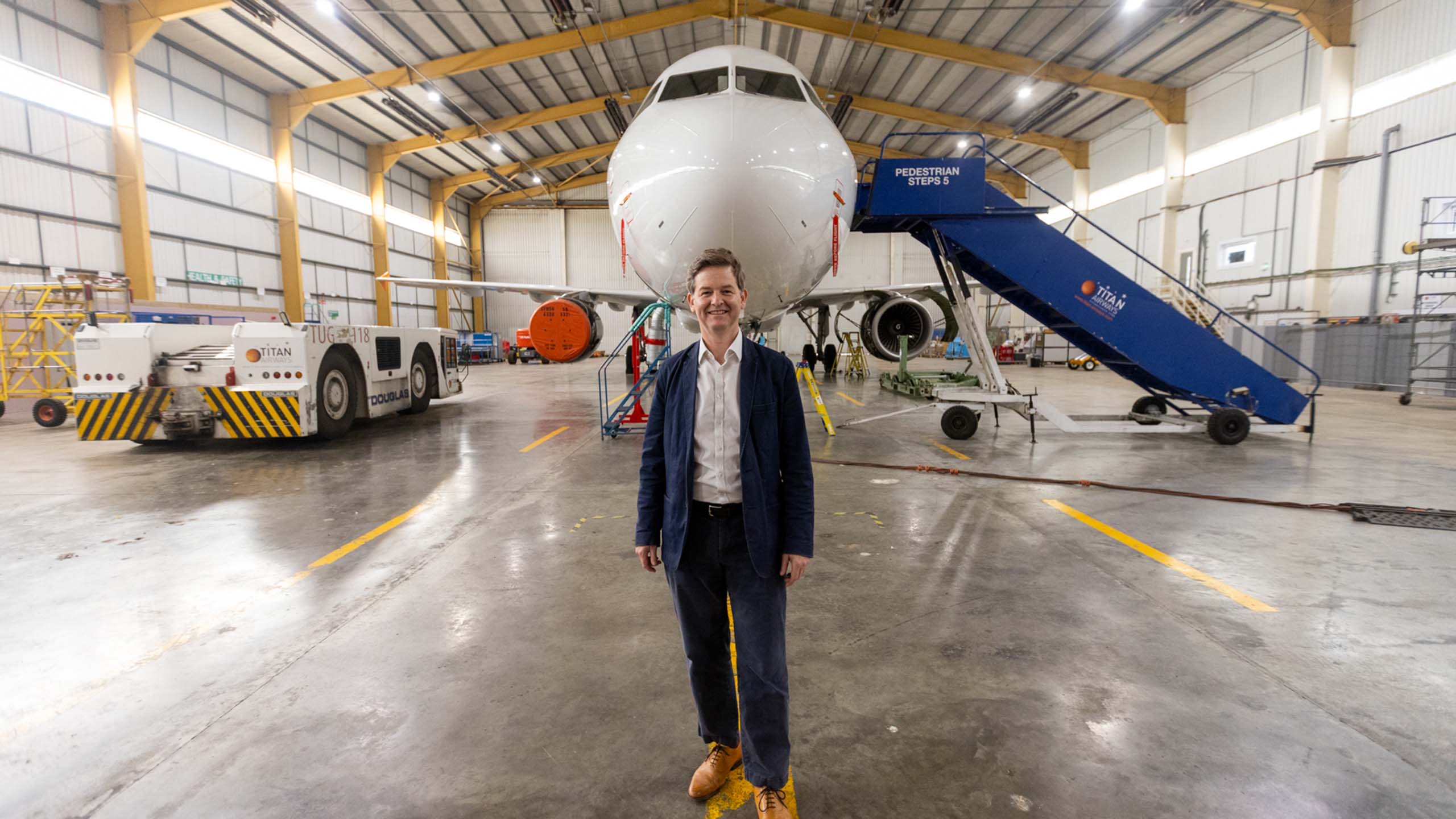
A roadmap to net-zero aviation
Each of the four goals is specifically targeted to raise ambition in a particular area of aviation.
The first goal is to remove the clouds (contrails) formed by aviation. Speeding up the deployment of a global contrail avoidance system could reduce aviation’s climate impact by up to 40%. This would involve the immediate creation of experiments at the scale of whole airspace regions to learn in real environments. For example, an aircraft changing altitude in regions of the atmosphere where there is potential to form clouds.
Around one in 30 flights produces a persistent contrail, a region of cloud that can trap heat and increase the climate impact of aviation. The climate impact of contrails from planes is estimated by some researchers to be about the same as the aviation industry's total CO2 emissions, though there is scientific debate surrounding this estimation.
The second goal is to implement a new wave of policies aimed at unlocking system-wide efficiency gains across the existing aviation sector. This has the potential to halve fuel burn by 2050 by tapping into efficiency gains that individual companies can’t address.
The third goal is to reform Sustainable Aviation Fuel (SAF) policies to account for global biomass limits across all sectors while driving renewable electricity production. This would provide the market with the confidence needed to rapidly scale up SAF production and ensure its sustainability. The goal is to put in place the global policies required to minimise the wider impact of SAFs on climate and nature.
The final goal is to launch several moonshot technology demonstration programmes designed to rapidly assess the viability and scalability of transformative technologies, bringing forward the timeline for their deployment.
An example of this is long-haul hydrogen aircraft. The low weight of hydrogen fuel, even once the weight of the tanks is included, makes hydrogen advantageous for long-haul flight, and the introduction of hydrogen would remove CO2 emissions from flight.
Royal support for genuine change
King Charles on a visit to the Whittle Laboratory
King Charles on a visit to the Whittle Laboratory
The first post-coronation engagement for His Majesty The King was to convene a group of aviation industry CEOs, alongside senior Government representatives, to help work on the 2030 Goals. His Majesty visited the University of Cambridge in May 2023 and broke ground on a £58-million Whittle Laboratory facility while encouraging the acceleration of sustainable aviation.
His Majesty also spoke at the opening reception for COP28 and “urged us to continue to raise our ambitions in driving change in the aviation sector,” said Miller.
“In this age of disruption, we not only need new models, but we need new mindsets if we are to raise our ambitions and ensure, in the words of The King, that this is 'a turning point towards genuine transformational action'.”
Professor Rob Miller, Director of the Whittle Laboratory
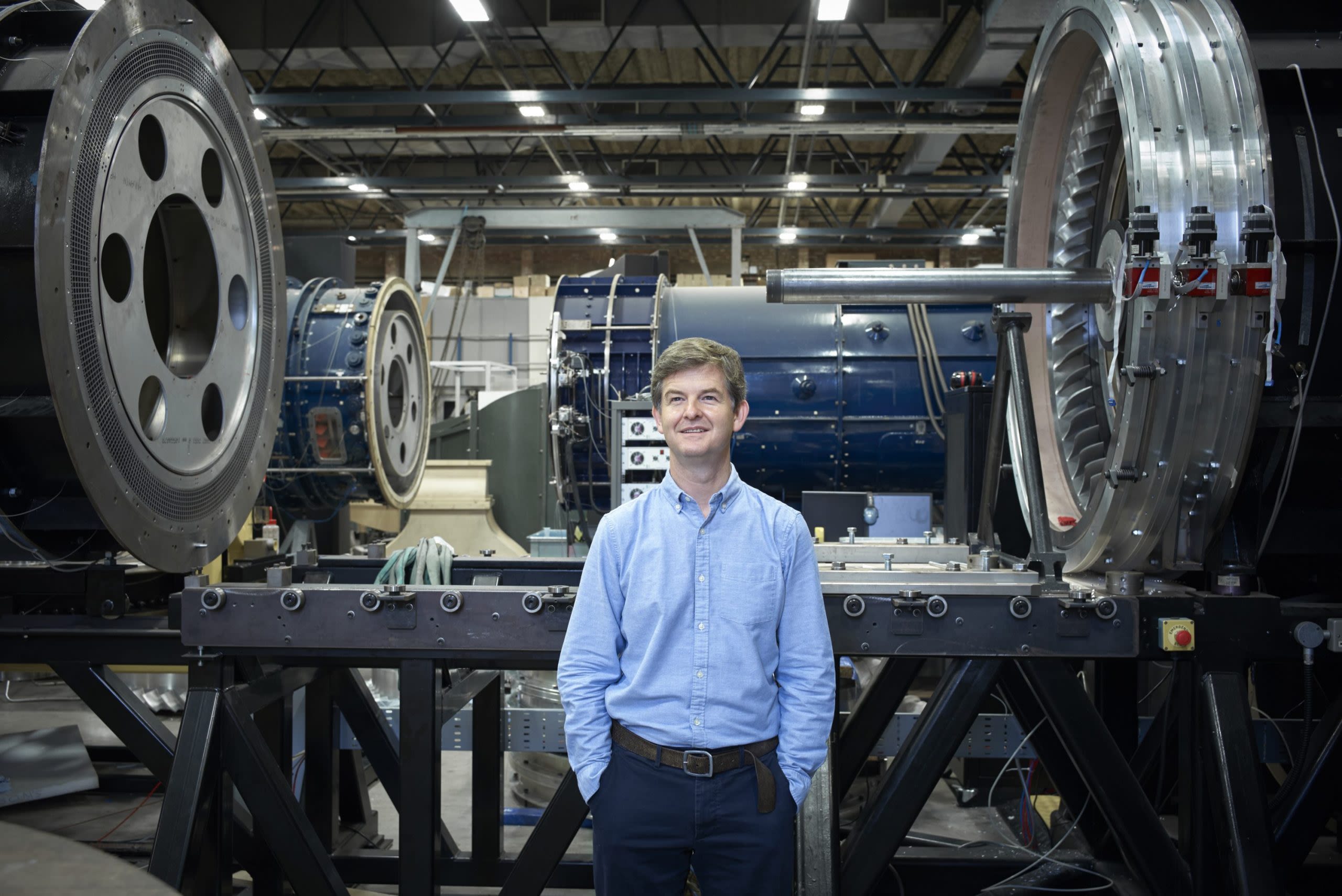
Global experts come together to solve big problems
The AIA sits in the Whittle Laboratory, one of the world’s biggest turbomachinery labs conducting research into the rapid development of ultra-low emission aircraft and low carbon power generation.
The AIA is a global initiative that brings together more than 100 experts from across the aviation industry to accelerate the sector's transition to net-zero emissions. Its goal is to develop interactive tools and models that assist stakeholders—governments, industry leaders, and the public—in understanding and exploring pathways to sustainable aviation.
By focusing on technological innovation, policy development, and environmental impact, the AIA aims to speed up progress toward zero-emission flight.
Partners include Boeing, Rolls-Royce, the Royal Air Force, Stratos, Emirates, 4Air, Flexjet, the UK Department for Energy Security & Net Zero, the UK Department for Transport, Breakthrough Energy, the Sustainable Markets Initiative, MIT, the University of Melbourne, and University College London.
Sustainable flight possible
“The Aviation Impact Accelerator modelling has drawn on the best available evidence to show that there are major challenges to be navigated if we’re to achieve net zero flying at scale, but that it is possible,” said Eliot Whittington, Executive Director at Cambridge Institute for Sustainability Leadership. “With focus and a step change in ambition from governments and business we can address the hurdles, unlock sustainable flying and in doing so build new industries and support wider economic change."

Published 23 September 2024
Words: Sarah Pratt based on a press release from CISL
For media information please see this Press Statement or contact:
Zoe Kalus, Head of Media at CISL (Cambridge University's Institute for Sustainability Leadership)
zoe.kalus@cisl.cam.ac.uk; Mob: +44 7845652839
Banner image: credit Daniel Garrido/Getty Images
The text in this work is licensed under a Creative Commons Attribution-NonCommercial-ShareAlike 4.0 International License

